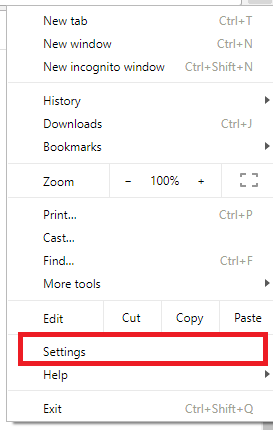


KeePass 2.x has a different software basis in C# instead of the former C++. Although the 1.x variant is the former variant it is supported indefinitely: Dominik Reichl: "2.x isn't the successor of 1.x, and 1.x isn't dead". KeePass comes in two different variants: KeePass 1.x and KeePass 2.x. By default, the KeePass database is stored on a local file system (as opposed to cloud storage).

This file can be protected by any combination of a master password, a key file, and the current Windows account details. KeePass stores usernames, passwords, and other fields, including free-form notes and file attachments, in an encrypted file. Additionally, there are several unofficial ports for Windows Phone, Android, iOS, and BlackBerry devices, which normally work with the same copied or shared (remote) password database. It officially supports macOS and Linux operating systems through the use of Mono. KeePass Password Safe is a free and open-source password manager primarily for Windows. If nothing else works, please report your issue using the Send Feedback link from Authenticator app settings.1.41 and 2.53 (January 9, 2023 3 months ago ( )) You can recreate the CSV by pasting your content in the CSV template file. To verify the integrity of CSV data, ensure that the first row contains a header with three columns: URL, username, and password, and ensure that each row contains a value in the URL and password columns. If we don’t currently support importing the format of your password manager, you could try creating your CSV file manually using the steps in Export by creating a CSV, above. Hopefully whatever caused the bad formatting was a temporary issue. One of the following steps could help you troubleshoot the issue. The most common cause of failed imports is incorrect formatting in the CSV file. Important: After successfully importing your passwords delete the CSV file from your desktop or mobile phone.


 0 kommentar(er)
0 kommentar(er)
